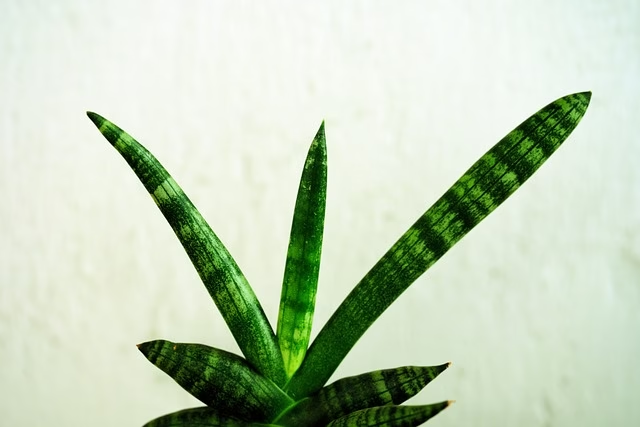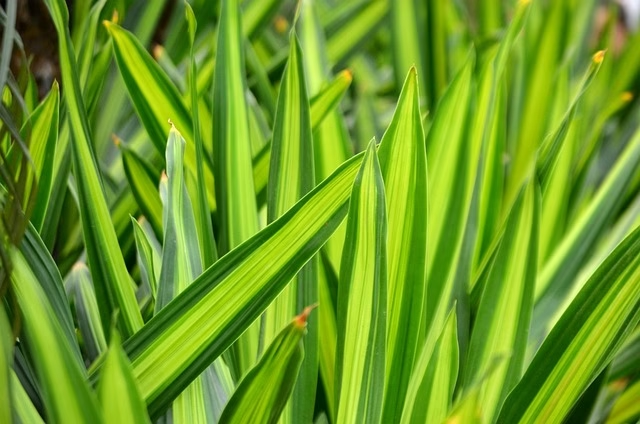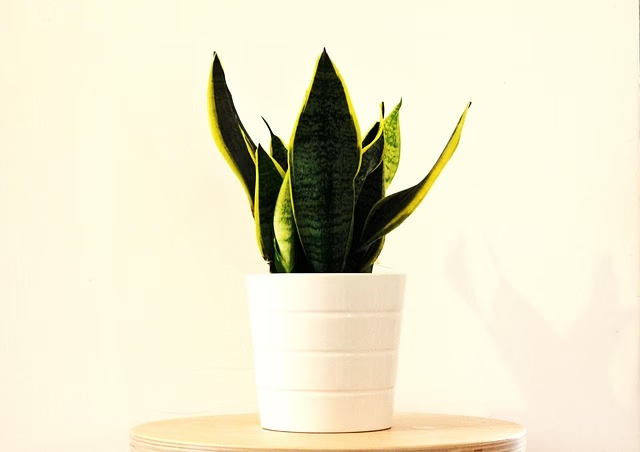The Ultimate Guide to Snake Plants: Benefits, Care Tips, and Common Questions
Introduction Snake plants (Sansevieria), also known as mother-in-law’s tongue, are one of the most popular indoor plants due to their low-maintenance nature and air-purifying benefits. Whether you’re a beginner plant owner or a seasoned gardener, this comprehensive guide will provide everything you need to know about snake plants, including their benefits, care tips, propagation methods, and solutions to common problems.
Table of Contents
What is a Snake Plant? Snake plants belong to the Asparagaceae family and are native to West Africa. They are characterized by their upright, sword-like leaves that come in a variety of patterns and shades of green. These hardy plants can thrive in various environments, making them ideal for indoor spaces, offices, and homes with limited natural light.

Benefits of Snake Plants
- Air Purification: removes toxins such as formaldehyde, benzene, and xylene from the air.
- Oxygen Production: Convert CO2 into oxygen at night, making them an excellent choice for bedrooms.
- Low Maintenance: They require minimal watering and can survive in low light conditions.
- Aesthetic Appeal: Their sleek and modern look enhances home and office decor.
- Feng Shui Benefits: Many believe snake plants bring positive energy and ward off negative vibes.
- Drought Resistance: store water in their thick leaves, making them drought-tolerant.
- Improves Humidity Levels: helps maintain indoor humidity levels by releasing moisture into the air, which benefits those with respiratory issues.
- Pest Resistance: naturally resistant to pests, reducing the need for pesticides.

How to Care for Snake Plants
- Light Requirements: They thrive in indirect sunlight but can tolerate low light conditions. Bright, indirect light helps promote faster growth.
- Watering: Water sparingly; let the soil dry completely between waterings to prevent root rot. Overwatering is the most common issue with snake plants.
- Soil: Use well-draining potting mix to ensure proper moisture control. A cactus or succulent mix is ideal.
- Temperature & Humidity: Ideal temperatures range between 60-80°F (16-27°C). Avoid exposure to extreme cold, as frost can damage the leaves.
- Fertilization: Feed with a balanced liquid fertilizer every 2-3 months during the growing season (spring and summer). Avoid over-fertilizing, as snake plants do not require heavy feeding.
- Repotting: Repot when roots outgrow the container, typically every 2-3 years. Choose a slightly larger pot with drainage holes to accommodate growth.
- Pruning: Trim dead or damaged leaves at the base using sharp, clean scissors. Pruning encourages new growth and maintains the plant’s shape.
Common Snake Plant Varieties
- Sansevieria trifasciata ‘Laurentii’ – Known for its yellow-edged leaves.
- Sansevieria cylindrica – Features cylindrical, upright leaves.
- Sansevieria moonshine – Has silvery-green foliage with a unique aesthetic.
- Sansevieria zeylanica – Resembles ‘Laurentii’ but lacks yellow borders.
- Sansevieria masoniana (Whale Fin) – Recognized for its broad, paddle-like leaves.
- Sansevieria kirkii – Features wavy-edged leaves with intricate patterns.
- Sansevieria hahnii (Bird’s Nest Snake Plant) – A compact variety perfect for small spaces.

Common Problems and Solutions
- Overwatering: Yellow or mushy leaves indicate excess water. Reduce watering and ensure proper drainage.
- Pests: Mealybugs and spider mites can infest snake plants. Use neem oil or insecticidal soap to eliminate pests.
- Leaf Drooping: This could be due to underwatering or a lack of light. Adjust watering and relocate to a brighter spot.
- Brown Tips: Caused by low humidity, excessive fertilizer, or fluoride in tap water. Trim brown edges and adjust care accordingly.
- Root Rot: If roots become black and mushy, remove affected parts and repot in dry soil. Ensure proper drainage to prevent future occurrences.
How to Propagate Snake Plants: Snake plants are easy to propagate through:
- Leaf Cuttings: Cut a healthy leaf into 2-3 inch sections, let them dry for a day, then plant them in soil.
- Division: Separate baby plants (pups) from the mother plant and replant them in fresh soil. This is the fastest propagation method.
- Water Propagation: Place cuttings in water until roots form, then transfer them to soil. Change the water every few days to prevent bacterial growth.

FAQs About Snake Plants
- Do they clean the air? Yes, they help remove toxins and improve air quality.
- Are snake plants toxic to pets? Unfortunately, they are toxic to cats and dogs if ingested.
- How often should I water my snake plant? Typically, once every 2-3 weeks, depending on humidity and light levels.
- Can snake plants grow in low light? Yes, they are highly adaptable and can survive in low-light conditions.
- Can I place my snake plant outdoors? Yes, but ensure it’s in a shaded or partially sunny spot, as direct sunlight can scorch the leaves.
- How fast do snake plants grow? Growth rate depends on light and care. In ideal conditions, they can grow several inches per year.
- Can I keep a snake plant in the bathroom? Yes, as long as there’s indirect light. The added humidity from showers benefits the plant.
How to Style Snake Plants in Your Home
- Bedroom: Place a snake plant on a nightstand for cleaner air and better sleep quality.
- Living Room: Use tall varieties in decorative pots to add greenery to corners.
- Office Desk: A small snake plant can enhance workspaces and improve air quality.
- Entryway: Position snake plants near doors for a welcoming and stylish touch.
- Bathroom: If there’s indirect light, snake plants thrive in humid environments.
Conclusion: Snake plants are a fantastic addition to any indoor space, offering aesthetic appeal, air purification, and low-maintenance care. Whether you’re a beginner or an expert gardener, this resilient plant is a must-have for your home or office. By following the proper care tips and troubleshooting common issues, you can enjoy a healthy, thriving snake plant for years to come.
For more plant care tips and indoor gardening ideas, subscribe to our blog and follow us on social media! If you found this guide helpful, share it with fellow plant lovers and let us know your favorite snake plant variety in the comments!
